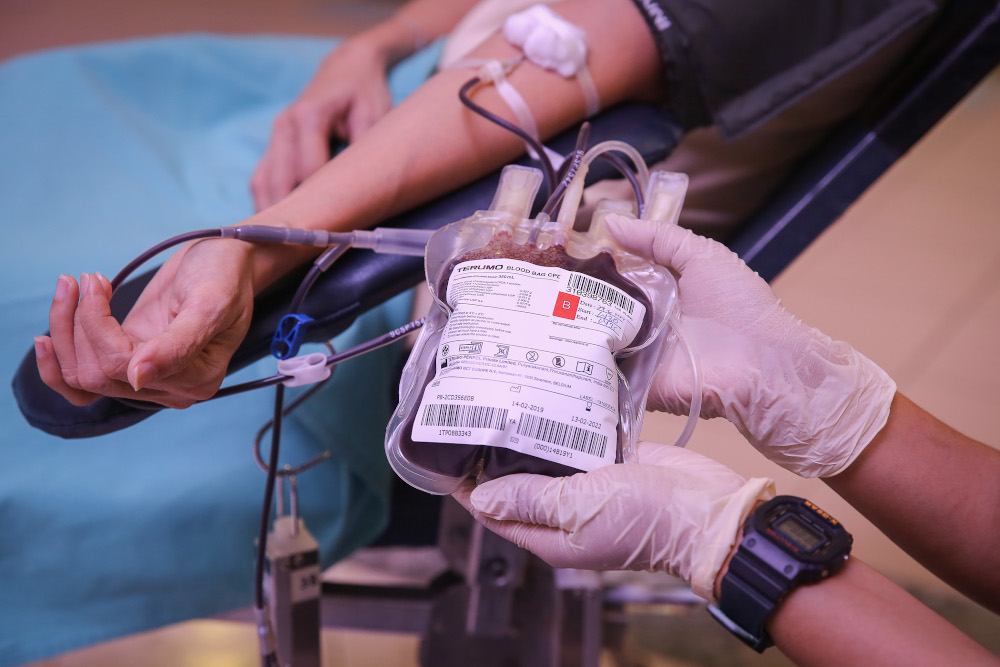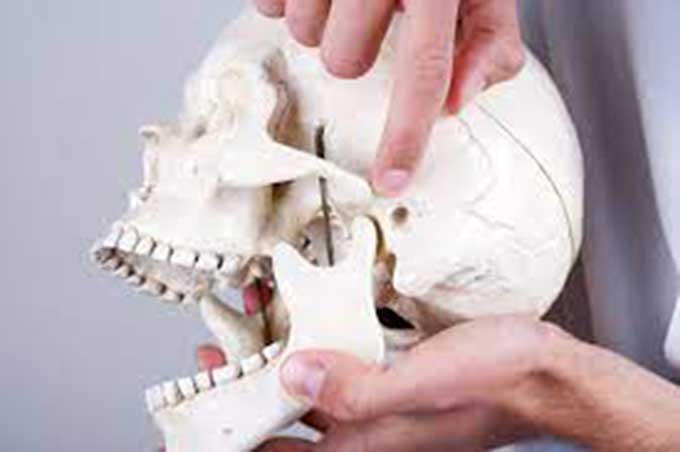
OEDEMA is swelling caused by excess fluid trapped in your body’s tissues.
It can happen almost anywhere in the body but is usually most noticeable in your hands, arms, feet, ankles and legs.
Body parts can swell from injury or inflammation.
This can affect a small area or the entire body.
Medications, pregnancy, infectionsand many other medical problems can cause oedema.
Oedema happens when your small blood vessels leak fluid into nearby tissues causing them to swell.
There are different types of oedema.
Peripheral oedema usually affects the legs, feet and ankles. It can also occur in the arm and may be a sign of problems with your circulatory system, lymph nodes or kidneys.
- Chamisa under fire over US$120K donation
- Mavhunga puts DeMbare into Chibuku quarterfinals
- Pension funds bet on Cabora Bassa oilfields
- Councils defy govt fire tender directive
Keep Reading
Pedal oedema happens when fluid gathers in your feet and lower legs.
It is more common if you are older or pregnant and can make it difficult to move around as you may not have much feeling in your feet.
Lymphoedema also happens in the arms and legs.
It is most often caused by damage to your lymph nodes.
Theseare tissues that help filter germs and waste from your body.
The damage may be the result of cancer treatments such as surgery and radiation.
The cancer itself can also block lymph nodes and lead to fluid build-up.
Pulmonary oedema occurs when fluid collects in the air sacs in your lungs. This makes it hard for you to breathe.
It tends to be worse when you lie down.
You may also experience a fast heartbeat, feel suffocated and cough up foamy spittle, which sometimes may contain blood.
Cerebral oedema is a serious condition in which fluid builds up in the brain.
It can happen if you hit your head hard, if a blood vessel becomes blocked or bursts or if you have a tumour or allergic reaction.
Macular oedema happens when fluid builds up in a part of your eye called the macula, which is in the centre of the retina.
It occurs when damaged blood vessels in the retina leak fluid into the area.
Causes Injuries such as a twisted ankle or a bee sting or skin infection can cause oedema.
It can also come from other conditions or when the substances in your blood are not well balanced.
It can, for instance, be caused by low albumin, which is referred to as hypoalbuminaemia.
Albumin and other proteins in the blood act like sponges to keep fluid in your blood vessels.
Low albumin may contribute to oedema but it is not usually the only cause.
Oedema is also a part of most allergic reactions. In response to the allergen, nearby blood vessels leak fluid into the affected area.
If drainage of fluid from a part of your body is blocked, fluid can back up.
A blood clot in the deep veins of your leg can cause leg oedema.
A tumour blocking the flow of blood or fluid called lymph can also cause oedema.
Burns, life-threatening infections or other critical illnesses can cause a reaction that allows fluid to leak into tissues almost everywhere in your body.
If your heart weakens and pumps blood less effectively, fluid can slowly build up creating leg oedema. If fluid builds up quickly, you can have fluid in the lungs.
If you have heart failure on the right side of your heart, oedema can develop in the abdomen.
Severe liver disease, such as cirrhosis, causes you to retain fluid.
Cirrhosis also leads to low levels of albumin and other proteins in your blood.
A kidney condition called nephrotic syndrome can cause severe leg oedema and sometimes whole-body oedema.
Mild leg oedema is common during pregnancy.
Serious complications of pregnancy,such as deep vein thrombosis and preeclampsia can also cause oedema.
Head trauma, low blood sodium, high altitudes, brain tumours and a block in fluid drainage in the brain can cause cerebral oedema.
Headaches, confusion, unconsciousness and being in a coma can cause it too.
Many medicines can also cause oedema.
These include ibuprofen, naproxen, calcium channel blockers and corticosteroids such as prednisone and methylprednisolone.
Symptoms Symptoms of oedema depend on the amount of swelling you have and where you have it. Swelling in a small area from an infection or inflammation such as a mosquito bite may cause no symptoms.
However, major allergic reactions such as those from a bee sting may cause oedema on your entire arm that can bring pain and limit your arm’s movement.
Food allergies and allergic reactions to medicine may cause tongue or throat oedema.
This can be life-threatening if it interferes with your breathing.
Leg oedema can make the legs feel heavy.
This can affect walking.
In oedema and heart disease, for example, the legs may easily weigh an extra twotofour kilogrammes each.
Severe leg oedema can interfere with blood flow, leading to ulcers on the skin.
Pulmonary oedema causes shortness of breath and sometimes low oxygen levels in the blood.
Some people with pulmonary oedema may have a cough.
There may be an indent or a pit that remains for a while after you push on the skin in some types of oedema.
This is called pitting oedema. If the tissue springs back to its normal shape, it is called non-pitting oedema. This symptom may help your doctor diagnose the cause of your oedema.
Treatment Treatment of oedema is usually through trying to cure the underlying cause.
For example, you might take allergy medications to treat swelling from allergies.
Oedema from a block in fluid drainage can sometimes be treated by getting the drainage flowing again.
A blood clot in the leg is treated with blood thinners, which break down the clot and get drainage back to normal.
A tumour that blocks blood can sometimes be shrunk or removed with surgery, chemotherapy or radiation.
Leg oedema related to congestive heart failure or liver disease can be treated with a diuretic which helps rid your body of salt and water.
Mostdiuretics help your kidneys release more sodium into your urine.
Limiting how much sodium you consume can also help reduce oedema.
- The information in this article is provided as a public service by the Cimas iGo Wellness programme, which is designed to promote good health. It is provided for general information only and should not be construed as medical advice. Readers should consult their doctor or clinic on any matter related to their health or the treatment of any health problem. — igo@cimas.co.zw or WhatsApp 0772 161 829 or phone 024-2773 0663










